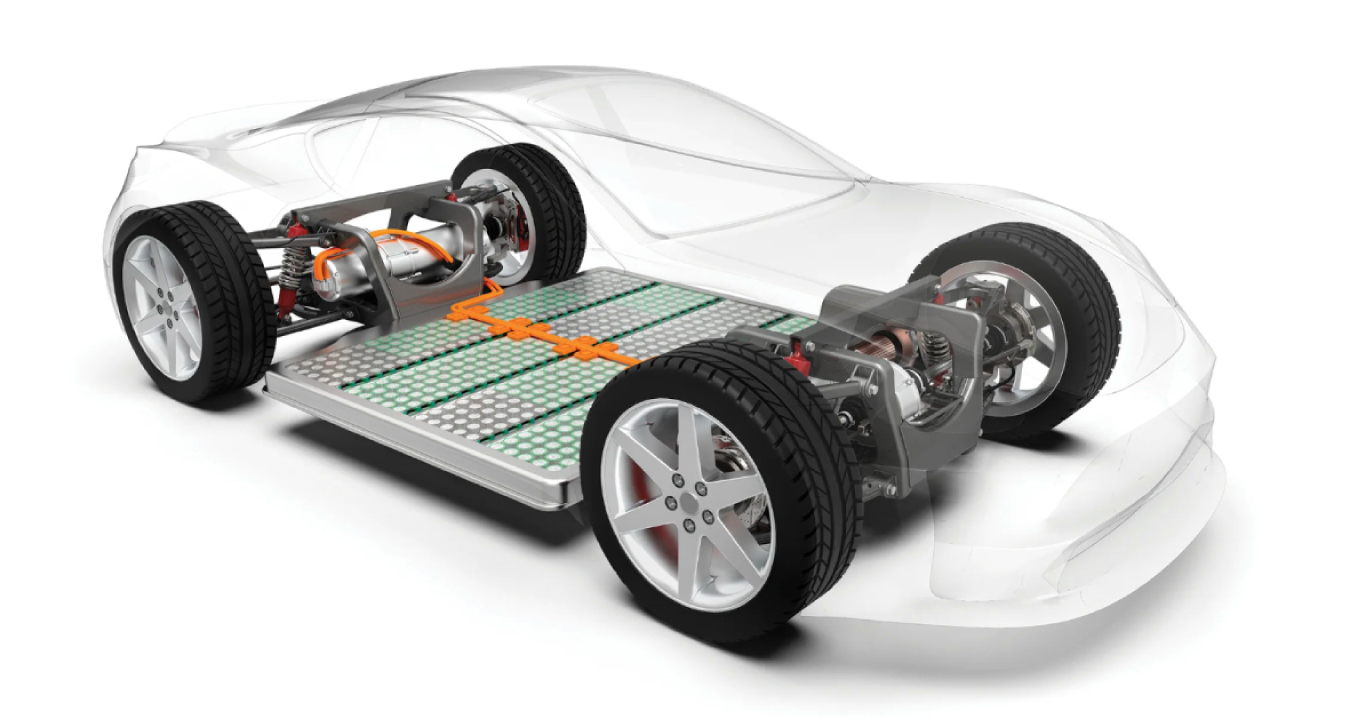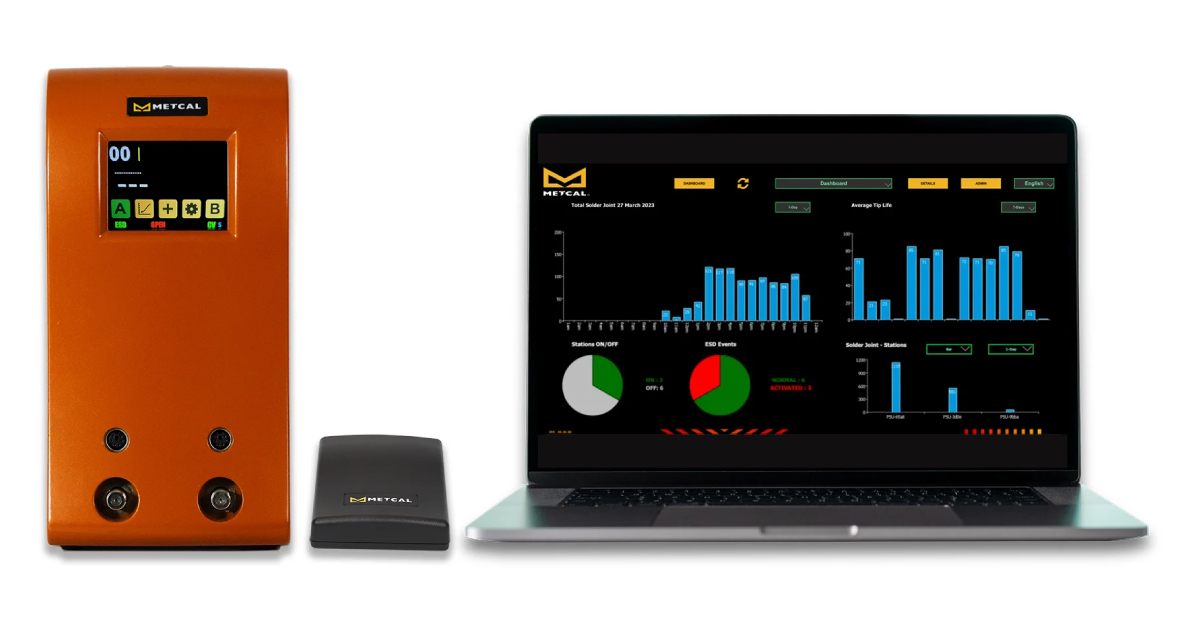The principal component in any HVAC unit is its compressor. The performance of this compressor is regulated by a VFD. The VFD helps in reducing its power consumption. Not only this, it helps in avoiding the wear and tear of equipment, thereby reducing the need for maintenance. By checking, analysing and then varying the input power, the Power PCB and Control PCB control the output from the VFD to always suit the load conditions optimally.
Why HVAC testing?
An HVAC normally handles heavy loads in large areas often with frequent footfalls such as commercial complexes, malls, airports, railway and metro stations. As such, their compressors along with their VFDs should perform at peak level always. It is therefore essential to test the VFD before checking the other components of the HVAC.
Tests performed on HVAC Power PCB
Some of the major tests performed on the HVAC are:
Isolation test: Each component of the HVAC is tested by isolating it from the rest of the system. This ensures the component works as designed under varying load conditions without impacting the performance of the other components in the process. With each component performing as required, the HVAC system as a whole function accordingly.
Short Circuit Test: A component will not turn on in spite of receiving the requisite power supply – this is attributed to either a short circuit in the line from the supply to the PCB or within the PCB itself. A non-functional component leads to a defective HVAC equipment causing improper usage which can further aggravate the problem and can have a cascading impact on the other components.
Current and Voltage Calibration/Measurement: Each component must receive the current and voltage as rated for it. The source power from the power supply must reach the component to match the rated. Any impedance causing it must be rectified to ensure proper functioning. It must be calibrated and measured.
IGBT/MOSFET Gate drive test: The switching of the HVAC must be proper. This is ensured by conducting the IGBT/MOSFET Gate drive test on the PCB. The power is calibrated and measured using an oscilloscope.
HVAC performance suiting the varying requirements is ensured by controlling its Variable Frequency Drive (VFD). The functionality of the VFD’s Control PCB must be thoroughly tested.
Tests performed on HVAC Control PCB
The Control PCB, which connects to the VFD’s main circuit via the gate drive board, is tested to ensure that its logic controls the VFD such that the VFD performs as desired. Towards this end, the following tests are performed:
- Write FLASH Memory/EPROM data test to ensure the data and commands are stored properly in the main board
- Communication test between the external equipment and operator interface components, and the VFD
- Analog Input/output Calibration/Measurement of the main circuit parameters such as temperature, current and voltage
Testing the performance of other components
Besides the VFD, other components also need to be tested to ensure that the HVAC performs as desired. Components such as the thermostat, condenser coil and evaporator coil need to be tested before shipment.
Why Automated Test Equipment (ATE)?
The time taken to test the many parameters in an HVAC is greatly reduced by using an ATE. Besides an ATE provides efficiency and ease of use.
The use of an ATE makes it possible to customise the sequence of tests. The equipment used can be customised as per the requirements. Often the operation of HVAC is very complex with diverse sets of operating environments. Proper testing of the functionality of the HVAC is required which is provided by the ATE.
At MELSS, we have been understanding the industry’s requirements for more than 25 years, and provide some of the best-in-class ATEs.




